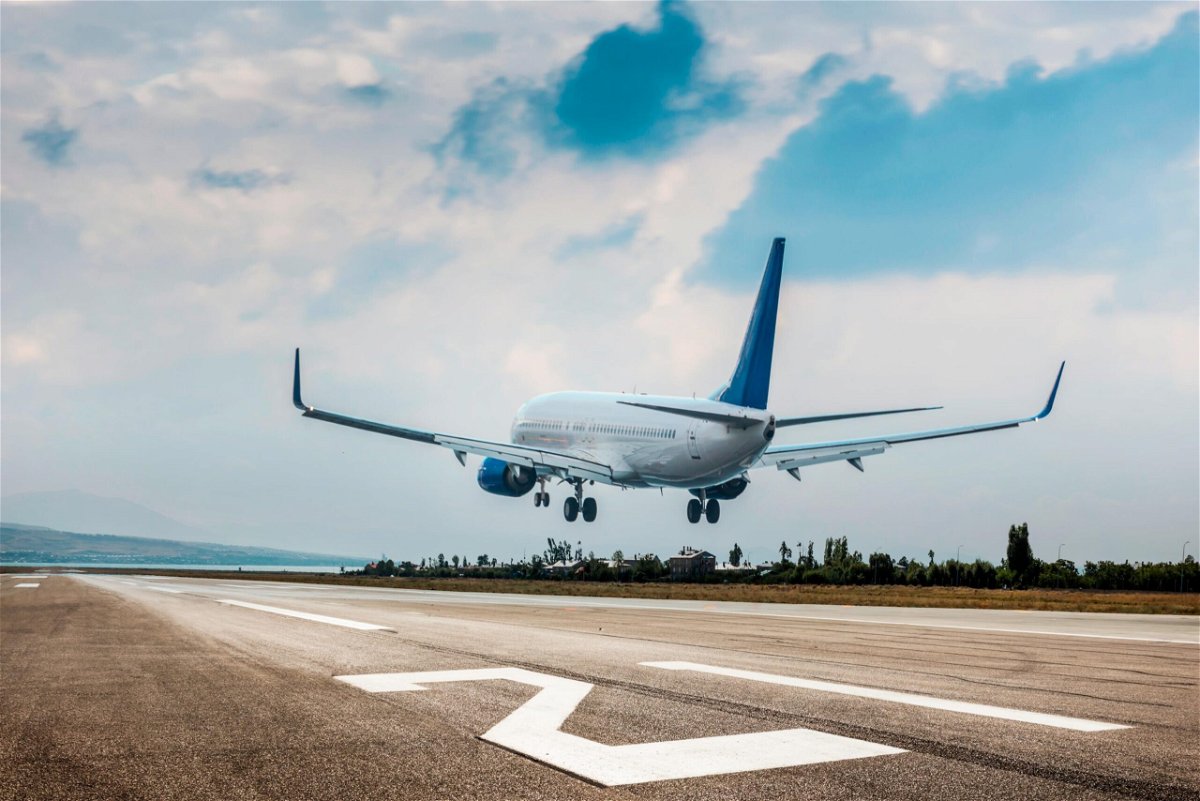FAA issues aircraft restrictions linked to 5G technology, warns of possible flight diversions

The Federal Aviation Administration announced a new rule that forbids pilots from using auto-landing and other certain flight systems at low altitudes where 5G wireless signals could interfere with onboard instruments that measure a plane's distance to the ground.
By Brian Fung
The Federal Aviation Administration announced a new rule on Tuesday that forbids pilots from using auto-landing and other certain flight systems at low altitudes where 5G wireless signals could interfere with onboard instruments that measure a plane’s distance to the ground.
The rule, which affects more than 6,800 US airplanes and dozens of aircraft manufacturers, could lead to disruptions in some flight routes involving low-visibility conditions where pilots typically must rely on equipment known as radio altimeters to land safely, the FAA said.
There is a potential risk, the FAA said, that the 5G signals could lead to faulty readings that may make flying unsafe in these conditions. On Tuesday, the agency issued a nearly identical rule that covers more than 1,800 US helicopters.
Characterizing the orders as urgent, the FAA bypassed the typical public feedback process in issuing the restrictions.
“An unsafe condition exists that requires the immediate adoption of this [order] without providing an opportunity for public comments prior to adoption,” the agency said. “The FAA has found that the risk to the flying public justifies forgoing notice and comment prior to adoption of this rule because radio altimeter anomalies that are undetected by the aircraft automation or pilot, particularly close to the ground (e.g. landing flare), could lead to loss of continued safe flight and landing.”
The FAA plans to issue more specific orders in the future that will identify which airports will be affected by the restrictions, the agency said. The list of affected airports will rely on wireless industry data about the airports that “have or will have” C-Band antennas installed nearby.
The decision comes as telecom carriers plan to switch on a range of 5G wireless services across the country on Jan. 5. Carriers have described 5G as a next-generation mobile data service that can support faster speeds and lower latency, enabling the widespread adoption of more smart devices and networked communications.
The airwaves to be used by the 5G service launching in January cover a part of the radio frequency spectrum known as the C-Band, which is adjacent to the airwaves used by radio altimeters to gauge a plane’s altitude.
The wireless industry had initially planned to switch on the 5G antennas in December, but agreed to postpone the rollout by a month in the face of airline industry complaints about possible interference.
CTIA, a major wireless trade group, has said other countries already safely use C-Band airwaves for 5G and that “any delay in activating this spectrum risks America’s competitiveness and jeopardizes our ability to ensure global 5G leadership.”
The FAA said it has made progress with the wireless industry and the Federal Communications Commission to ensure that 5G’s rollout and aviation “will safely coexist,” and is continuing to work with them despite Tuesday’s restrictions.
The-CNN-Wire
™ & © 2021 Cable News Network, Inc., a WarnerMedia Company. All rights reserved.